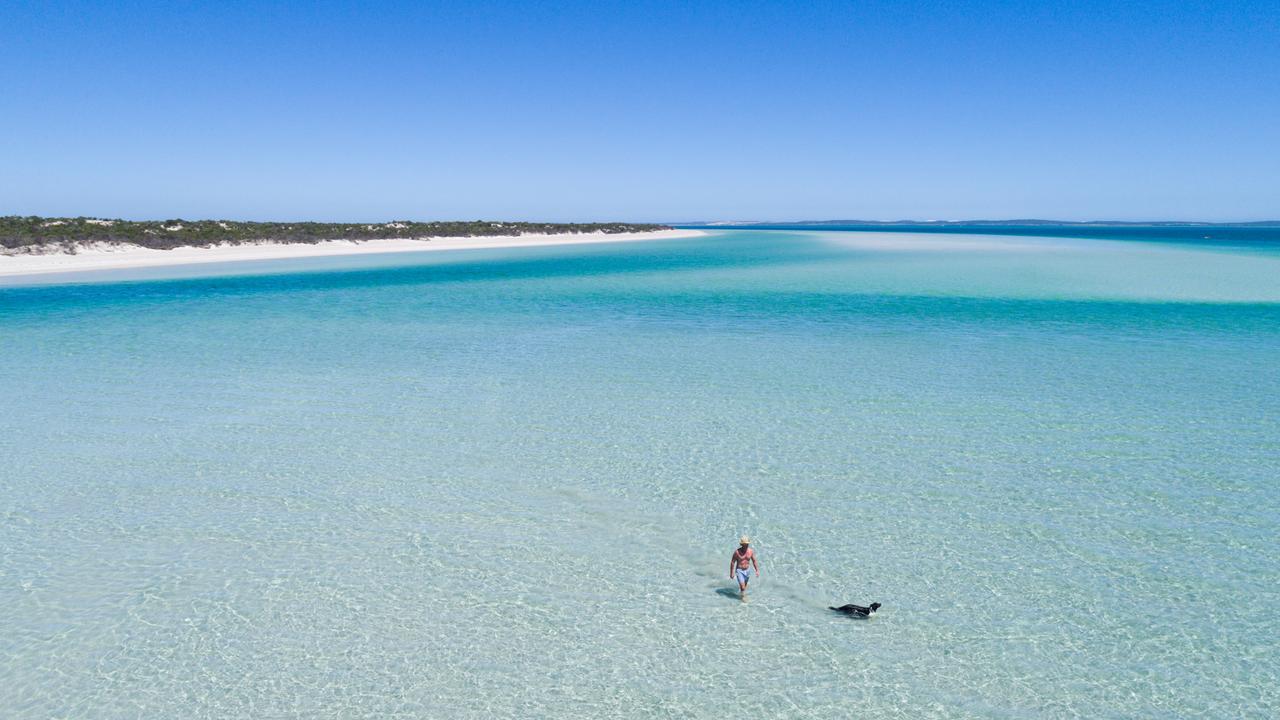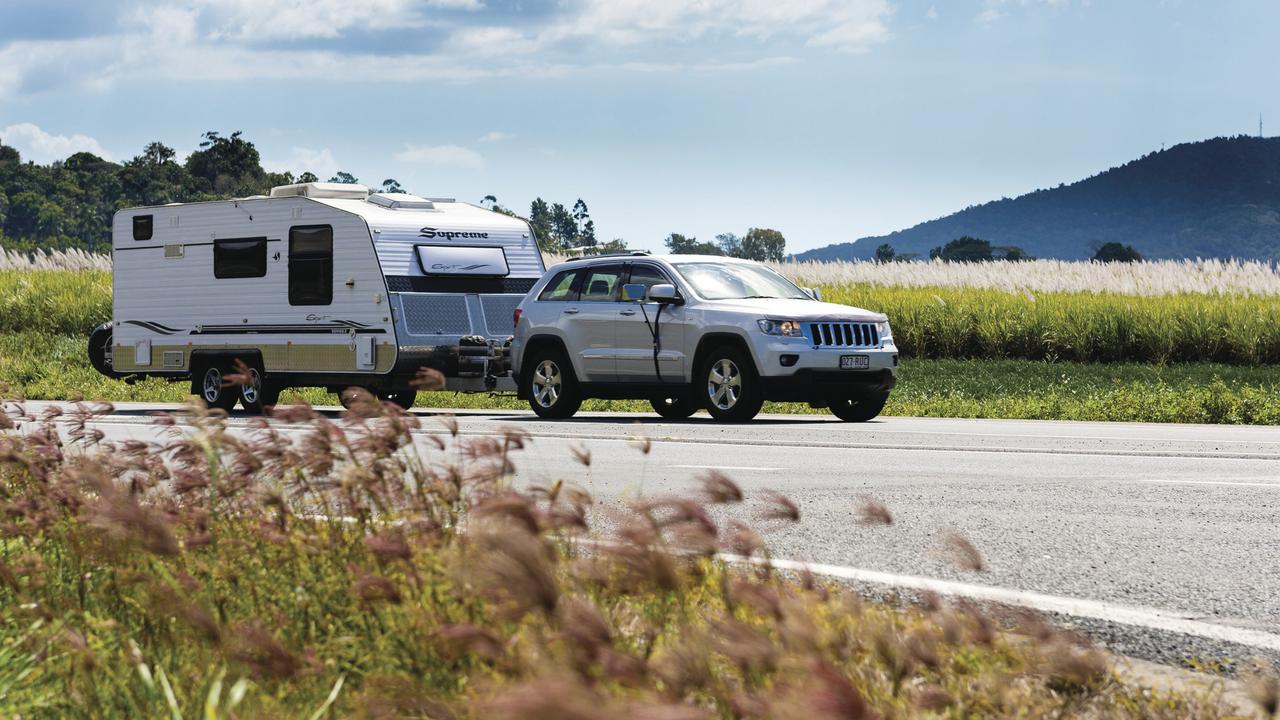Visit MoNA (Museum of Old and New Art) in Hobart, Tasmania
DAVID Walsh has built a provocative display in his private museum, writes Jen Kelly
IT'S been called a "subversive Disneyland at the end of the world'' and it's not hard to see why.
The Museum of Old and New Art, which opens in two weeks, a 15-minute drive from Hobart on the Derwent River, will include such provocative highlights as a defecating machine suspended from the ceiling that produces realistic, reeking excrement, and a sculpture cast in chocolate depicting the mutilated body of a suicide bomber.
In the toilets, one unmarked cubicle will boast a work that uses mirrors and binoculars to give you a personal encounter with your own bodily functions.
It's billed as the biggest private museum in Australia and is the brainchild of the rich and enigmatic Tasmanian philanthropic art collector David Walsh, who's been variously described as flippantly irreverent, a dyed-in-the-wool atheist, a professional gambler and even, intriguingly, "the devil''.
Walsh has promised a "subversive adult Disneyland'' and has said the museum is his soapbox "and I've got one hell of a megaphone."
The site where the almost 6000sqm, mostly underground MONA will open to the public on January 22 and showcase Walsh's $100 million-plus private collection has long been operating as a winery called Moorilla, a brewery, a restaurant and luxury accommodation.
In our weekend at the site, where construction is nearing completion on the spectacular $75 million building that will house MONA, we see no sign of the reclusive Walsh, yet his eccentric flourishes are everywhere we step.
From the compendium of information in our ludicrously decadent two-storey pavilion with incredible views over the Derwent River, we learn that check-out is 11am but "late check-out may be possible, especially for the flirtatious."
Dry-cleaning is returned the same day but "please allow extra time for presidential body fluids''.
Don't bother looking for "Do not disturb'' signs our door hanger options include "Come back later when the noise subsides'' and "Please fill up the bar (I need a refill)''.
Don't expect to find a Gideon's Bible here; rather our pile of eclectic reading options includes Richard Dawkins' famed The God Delusion.

At the contemporary and stylish indoor heated infinity pool nearby, the sign advises us to see reception "if you're planning a pool party or ritualistic orgy''.
Moorilla is Tasmania's oldest commercial winery, established in 1958, and you can imagine the founders' jaws would drop to see today's Moorilla Muse Series, the labels adorned with graphic photos of naked, writhing, red wine-splattered, intertwined bodies.
The Muse range, available for tasting at the cellar door, begins with gentle depictions of lithe young bodies on the lightest drops and culminates in the "death pile'' on the heaviest red, reminiscent of a bloody orgy.
"Wine is not just for drinking'', the labels say, and it feels as if the words come straight from Walsh's mouth.
"The experience of wine is an experience of controlled licentiousness.''
Next to the cellar door and excellent restaurant, The Source, is the bizarre and tiny two-storey elliptical Moo Brew brewery reached by a short bridge from the main building. The odd shape was at Walsh's insistence.
The microbrewery's long tall windows offer almost 360-degree views over the Derwent, so we almost feel as if we're marooned atop a beer-filled tower on a tiny island.
On the microbrewery tour held every Friday at 4pm and open to all, we learn Moo Brew makes about 130,000 litres of beer a year and we're told that's what the Tassie "big boys'', Boags and Cascade, produce in eight to 12 hours.
For all Walsh's eccentricities, his love of art and antiquities cannot be questioned.
Nor can his willingness to spend exorbitant amounts of cash to bring the art he loves to public attention.
Entry will be free to MONA to see the collection of more than 1000 pieces from ancient cultural artefacts to Australian modernist and contemporary European artworks.
Walsh has called MONA an "unmuseum'' and "a temple to secularism'' that will focus on what makes people human. Sex and death are prominent themes.
Our pavilion, the Charles, boasts Melbourne artist Charles Blackman's 1951 painting, Cat on the Roof, along with a display of 36 ancient coins, mostly Roman.
As we wander to the pool, our movement triggers the door to slide back on a temperature and humidity-controlled museum-standard vertical concrete casket, revealing a collection ranging from Egyptian antiquities to modern video art.
Art and history lovers should also spend a night at Australia's original dedicated art hotel, the Henry Jones, overlooking the historic Hobart waterfront and built in a row of warehouses dating back to the 1820s, once the IXL jam factory.
Henry Jones was 12 when he started working 60 hours a week at the factory. He eventually became the boss and named the jam brand to reflect his personal motto, "I excel in everything I do''.
The hotel's walls are adorned with more than 300 artworks by contemporary Tasmanian artists and almost all are for sale.
Take a tour to see large parts of the original building retained in the clever restoration of what was long a derelict building inhabited by squatters. You'll notice the exposed rough beams, corrugated iron ceilings and raw sandstone walls built by convicts, many with their signature marks plain to see.
You'll see the "ring of fire'' in a ceiling, with the story that a female squatter fell asleep while meditating in a circle of candles and when the flames burned through the wooden floor she made a narrow escape.
MONA's emergence further strengthens Hobart's artistic credentials, in a state said to have the highest percentage of artists per capita of all Australian states.
It already carries the hallmarks of a potential crowd-pleaser that will undoubtedly fulfil its promise to assault every sense, with a head-turning and probably stomach-churning mix of confrontation, shock and awe.
The author was a guest of Tourism Tasmania, MONA and Henry Jones Art Hotel.
Getting there
Jetstar, Qantas and Virgin Blue fly into Hobart. Major car hire companies including Hertz and Avis operate from the airport.
Staying there
Choose from eight MONA Pavilions, each named after a major artist or architect and decorated with contemporary and ancient art. Rates from $490 a night including breakfast. See www.mona.net.au/pavilions; (03) 6277 9900, 655 Main Rd, Berriedale.
Rooms at the Henry Jones Art Hotel start from $199 a night, 25 Hunter St, Hobart, (03) 6210 7700, www.thehenryjones.com.
Doing there
For museum details, see www.mona.net.au
The famous Salamanca Market is held every Saturday and an easy walk along the waterfront from the Henry Jones Art Hotel.
More: www.discovertasmania.com; 1300 827 743
"Like" Escape.com.au on Facebook
Follow @Escape_team on Twitter


